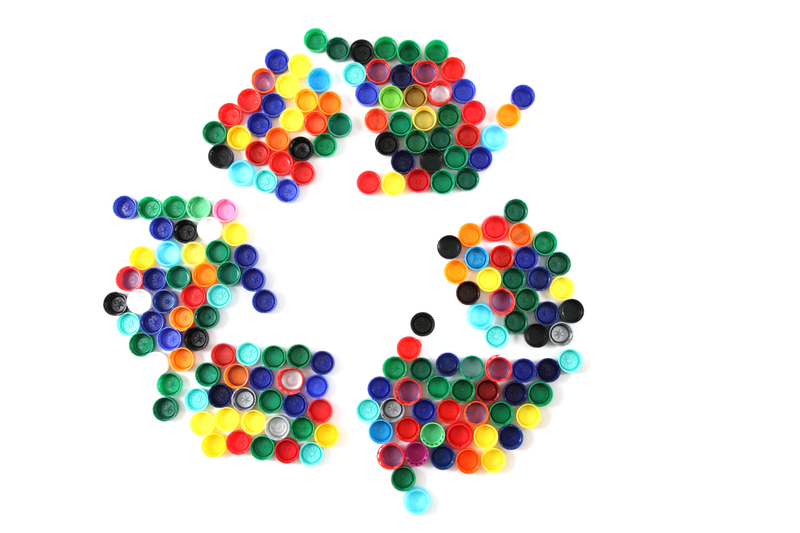Efficient Wood Waste Disposal Solutions
Posted on 27/08/2025
Wood waste disposal is a significant concern in both industrial and domestic settings. As wood materials are widely used in construction, furniture making, and other sectors, finding efficient and sustainable disposal methods is crucial. This article explores various wood waste disposal solutions that can help you manage waste efficiently, minimize environmental impact, and comply with regulations.
Recycling Wood Waste
Recycling is one of the most effective methods for wood waste disposal. By reprocessing wood waste into useful products, we can conserve natural resources and reduce the landfill burden.
Benefits of Recycling
- Conserves natural resources by repurposing wood into new products.
- Reduces landfill waste and associated disposal costs.
- Minimizes environmental impact by lowering carbon emissions.

Composting
Composting wood waste can be an eco-friendly solution, particularly for sawdust and small wood chips. When properly managed, composting converts wood waste into nutrient-rich material that can be used as garden mulch or soil amendment.
Composting Tips
- Mix wood waste with other compostable materials to enhance decomposition.
- Avoid treated wood, as chemicals can hinder the composting process.
- Maintain adequate moisture and aeration for efficient composting.
Energy Recovery
Energy recovery is another viable option for wood waste disposal. By converting wood waste into energy through combustion, gasification, or pyrolysis, industries can generate renewable energy while reducing waste volume.
Energy Recovery Techniques
- Combustion: Burning wood waste to produce heat or electricity.
- Gasification: Converting wood waste into syngas for energy generation.
- Pyrolysis: Decomposing wood waste at high temperatures to produce bio-oil and syngas.
Landfill Disposal
While not the most sustainable option, landfill disposal may be necessary when recycling, composting, or energy recovery is not feasible. Proper management of wood waste in landfills can help minimize environmental impact.
Landfill Management Tips
- Segregate wood waste from other waste streams to facilitate proper disposal.
- Adhere to local regulations and guidelines for wood waste disposal.
- Explore landfill diversion programs where available.
Pros and Cons of Wood Waste Disposal Methods
Recycling
Pros: Conserves resources, reduces landfill waste, minimizes environmental impact.
Cons: Requires segregation and processing, may incur additional costs.
Composting
Pros: Produces beneficial compost, eco-friendly, reduces landfill burden.
Cons: Limited to certain types of wood waste, requires proper management.
Energy Recovery
Pros: Generates renewable energy, reduces waste volume.
Cons: High initial setup cost, potential emissions and pollutants.
Landfill Disposal
Pros: Immediate solution, no processing required.
Cons: Environmentally unsustainable, contributes to landfill burden.
Tips for Efficient Wood Waste Disposal
- Implement a waste management plan to identify and segregate wood waste.
- Explore local recycling and composting facilities for wood waste.
- Consider energy recovery options where feasible.
- Stay informed about regulations and guidelines for wood waste disposal.
- Regularly evaluate and improve wood waste management practices.

Takeaways
- Efficient wood waste disposal is essential for sustainability and cost-effectiveness.
- Recycling, composting, energy recovery, and landfill disposal are common methods.
- Each disposal method has its pros and cons depending on the context.
- Implementing best practices can optimize wood waste management.
Conclusion
Efficient wood waste disposal solutions are crucial for reducing environmental impact and promoting sustainability. Recycling, composting, energy recovery, and landfill disposal each offer unique benefits, and understanding their respective pros and cons will help in selecting the most appropriate method. By implementing effective waste management practices and staying informed about available options, individuals and businesses can contribute to a cleaner, more sustainable future.






